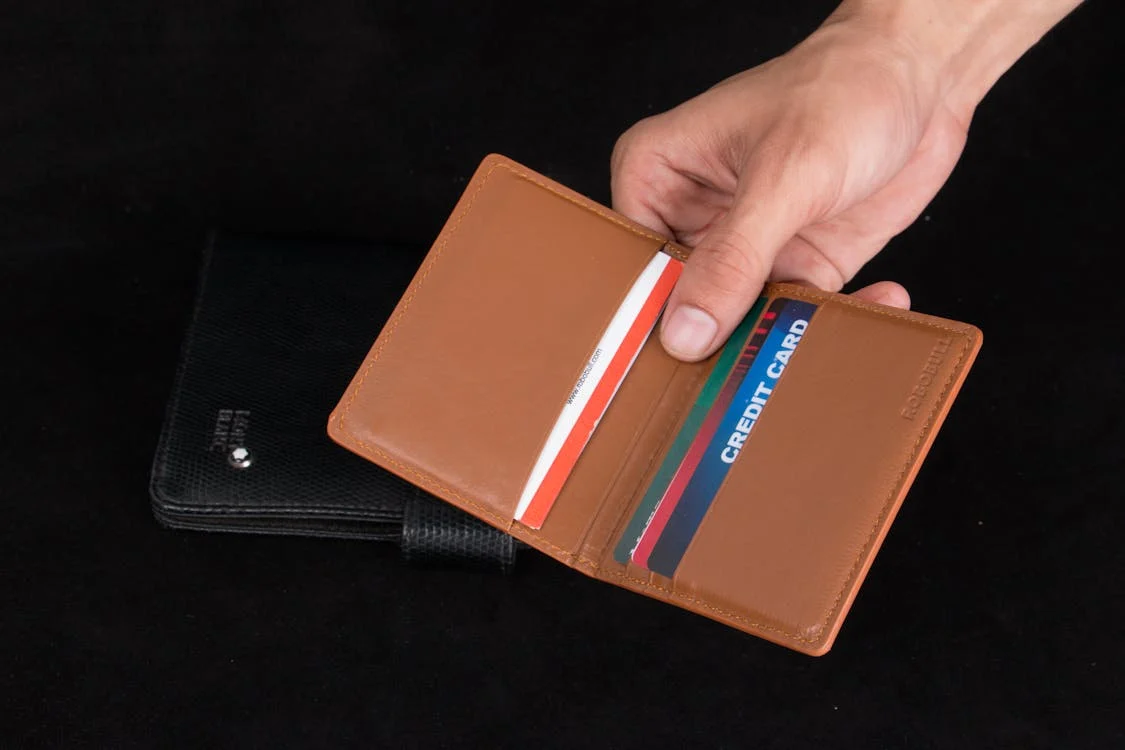
Having your wallet stolen can be a nightmare. Your cash, cards, and personal information are suddenly nowhere to be found. The worst case scenario is that it ends up in the hands of someone else, and that can feel overwhelming. But don’t panic. Taking the right steps immediately can minimize damage and protect you from further trouble. Here’s a step-by-step guide on what to do if your wallet is stolen.
Step 1: Retrace Your Steps
If you find yourself searching your pockets for your wallet and it’s not there, you may have just misplaced it somewhere. Try to retrace your steps. Did you leave it at a store? In your car? Try to think of places where you may have taken your wallet out. Sometimes your wallet may have simply fell out of your pockets (if your pockets are loose) and into your car. Call places you recently visited to see if anyone has turned it in.
If you’re sure your wallet has been stolen, move on to the next steps quickly.
Step 2: Report Your Lost or Stolen Debit and Credit Cards
Your first priority should be to protect your financial accounts. You should contact your bank or credit card company as soon as possible to report your cards as lost or stolen. Most banks offer 24/7 customer service for these situations, and they can freeze or cancel your cards immediately to prevent unauthorized transactions.
Many banks allow you to temporarily freeze your cards through their mobile app, giving you time to find your wallet without permanently canceling your cards. A good habit to get into is to have a mental note where you can freeze your cards so you don’t waste time.
Step 3: Notify Credit Bureaus and Monitor Your Credit
With your wallet stolen, your personal information may be at risk. Contact the major credit bureaus—Equifax, Experian, and TransUnion—to place a fraud alert on your credit report. This will make it harder for anyone to open new accounts in your name.
You can also sign up for a credit monitoring service to keep an eye on any suspicious activity.
Step 4: File a Police Report
Even if you’re not sure you’ll recover your wallet, filing a police report is important. It creates an official record of the theft, which may help protect you if there’s suspicious activity related to your personal information. The police may also be able to help if your wallet is found or turned in later.
- Tip: Be as detailed as possible when filing the report. Mention when and where you last had your wallet and any suspicious activity you noticed.
Step 5: Replace Your Identification Cards
If your driver’s license or other forms of ID were in your wallet, you’ll need to replace them. Contact your local Department of Motor Vehicles (DMV) to get a new driver’s license. For other forms of identification, like your Social Security card, visit the respective government agency’s website for replacement instructions.
Be cautious if your Social Security card was stolen. You may want to contact the Social Security Administration and monitor your accounts more closely, as this could make you vulnerable to identity theft.
Step 6: Update Your Auto-Pay Accounts
Many people have their debit or credit cards linked to auto-pay accounts for things like utilities, subscriptions, or insurance. If your cards were stolen, you’ll need to update those payment methods. Missing payments due to a stolen wallet can lead to late fees or service interruptions, so take care of this as soon as your new cards arrive.
Make a list of all services tied to your stolen cards to ensure nothing is overlooked. You can write it down on a piece of paper and scratch them off one by one when you’ve updated those payment methods.
Step 7: Keep an Eye on Your Accounts
Even after taking all the necessary steps, it’s important to stay vigilant. Regularly check your bank and credit card statements for any unfamiliar charges. If you notice anything suspicious, report it immediately.
- Tip: Set up account alerts with your bank or credit card provider to receive notifications about any transactions made with your accounts.
Step 8: Consider a Wallet Tracker for the Future
Once you’ve dealt with the immediate aftermath of a stolen wallet, you might want to prevent it from happening again. Investing in a wallet tracker, like a Bluetooth-enabled device, can help you locate your wallet quickly if it goes missing in the future. It may not stop theft, but it could save you a lot of time and stress. It can even help you find your belongings if you put one there like your phone.
Wrap Up
Having your wallet stolen can feel overwhelming, but acting quickly can minimize the damage. The steps in this guide aim to give you a guideline to what you should prioritize to protect your finances and your identity. And while it’s impossible to prevent every theft, staying prepared and vigilant will always work in your favor.
Stay safe out there!